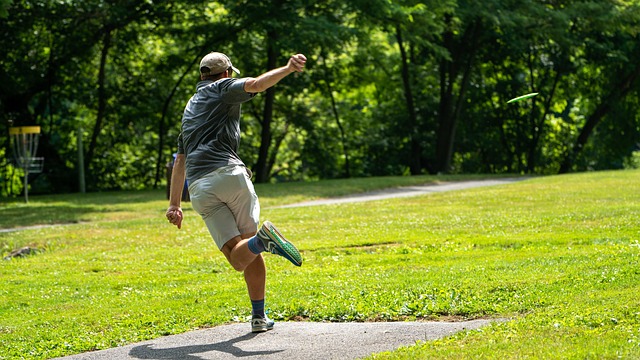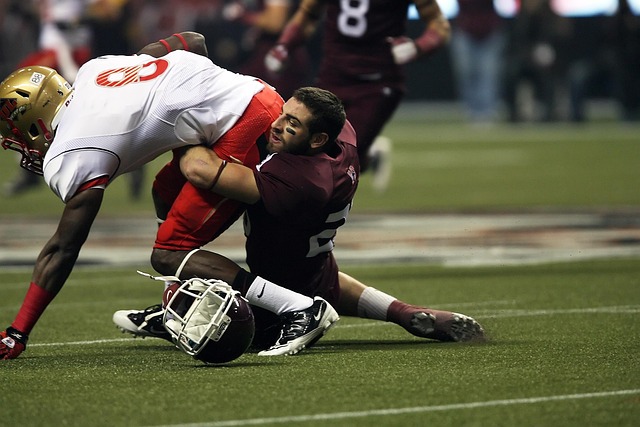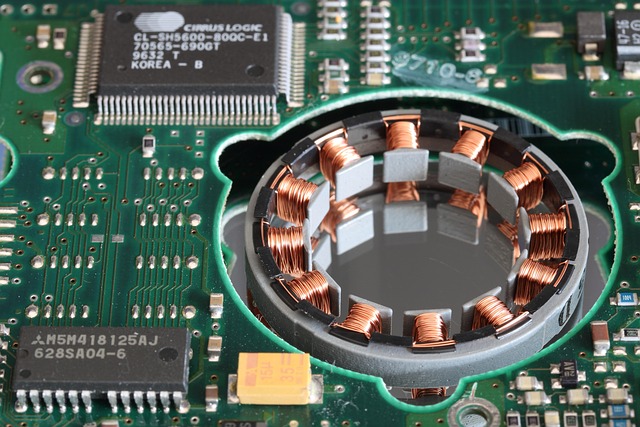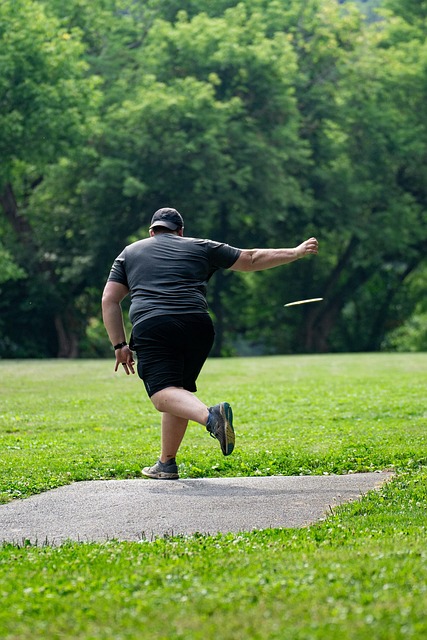Chiropractic management is a leading non-invasive treatment for herniated discs resulting from rear-end collisions, focusing on reducing disc pressure and nerve irritation. After a car accident, chiropractors use techniques like spinal manipulation and adjustments, combined with exercise recommendations and patient education, to promote the body's natural healing process. A comprehensive approach includes proper assessment, diagnosis through imaging and tests, and holistic treatments tailored to individual needs, aiming to alleviate post-crash symptoms, improve mobility, and prevent further strain on the spine.
“Rear-end collisions can lead to painful and debilitating herniated discs, but chiropractic management offers a promising path to healing. This article delves into effective strategies for addressing slipped discs after car accidents, with a focus on understanding chiropractic care specifically tailored to this context. We explore assessment methods and diagnosis techniques, highlighting the crucial role of recognizing the unique impact of rear-end collisions. By the end, readers will gain insights into potential treatments aimed at alleviating pain and promoting recovery.”
- Understanding Chiropractic Management for Herniated Discs Post-Car Crash
- Assessment and Diagnosis: Recognizing the Impact of Rear-End Collisions
- Effective Treatment Strategies to Heal Slipped Discs After a Car Accident
Understanding Chiropractic Management for Herniated Discs Post-Car Crash

Chiropractic management plays a crucial role in healing slipped discs resulting from rear-end collisions. After a car crash, individuals often experience back pain and discomfort due to herniated or damaged discs. Chiropractic care offers a non-invasive approach to treat these issues. Chiropractors utilize various techniques, such as spinal manipulation and adjustments, to reduce disc pressure and alleviate nerve irritation. This gentle method promotes the body’s natural healing process by enhancing spinal mobility and reducing inflammation.
Chiropractic management for herniated discs focuses on addressing the underlying structural abnormalities caused by the collision. Through a series of careful adjustments, chiropractors can help realign the spine and support the healing of damaged disc material. Regular sessions may include manual therapy, exercise recommendations, and patient education to ensure proper recovery and prevent future injuries. This holistic approach not only provides pain relief but also empowers individuals with knowledge about their bodies’ mechanics, enabling them to maintain optimal spinal health post-car crash.
Assessment and Diagnosis: Recognizing the Impact of Rear-End Collisions

After a rear-end collision, proper assessment and diagnosis are crucial for understanding and managing potential injuries, particularly herniated discs. Chiropractic management plays a significant role in addressing issues stemming from post-car crash injuries. Chiropractors employ various techniques to evaluate the spine’s health, including physical examinations, imaging studies like X-rays or MRI scans, and specialized tests designed to identify nerve compression or damage.
Recognizing the impact of rear-end collisions is essential as they can lead to herniated discs, where the soft inner nucleus pushes through a tear in the outer ring. This condition may cause pain, numbness, or weakness radiating to the legs, depending on the affected area. Chiropractic care offers non-invasive treatments, such as adjustments, soft tissue therapy, and exercises, to help heal herniated discs and alleviate post-crash symptoms.
Effective Treatment Strategies to Heal Slipped Discs After a Car Accident

After a rear-end collision, healing from a slipped or herniated disc requires a comprehensive approach. Chiropractic management is often a key strategy in treating and rehabilitating such injuries. Chiropractors are specifically trained to diagnose and address spinal issues, including those resulting from car accidents. They employ various techniques like manual adjustments, targeted exercises, and therapeutic modalities to reduce pain, improve mobility, and support the healing process.
Effective treatment strategies involve a combination of chiropractic care and patient-specific rehabilitation programs. This may include physical therapy, targeted stretching and strengthening exercises, and ice or heat therapy to manage discomfort. Additionally, maintaining good posture and practicing ergonomic habits can aid in preventing further strain on the spine post-car crash.
In light of the above discussions, it’s evident that chiropractic management plays a crucial role in healing herniated discs resulting from rear-end collisions. By understanding the specific impact of such crashes and employing effective treatment strategies, individuals can significantly improve their recovery outcomes. Chiropathic care, including adjustments, therapy, and patient education, offers a holistic approach to addressing the root causes of disc damage, ultimately promoting faster healing and enhanced mobility for those affected by post-crash injuries.














